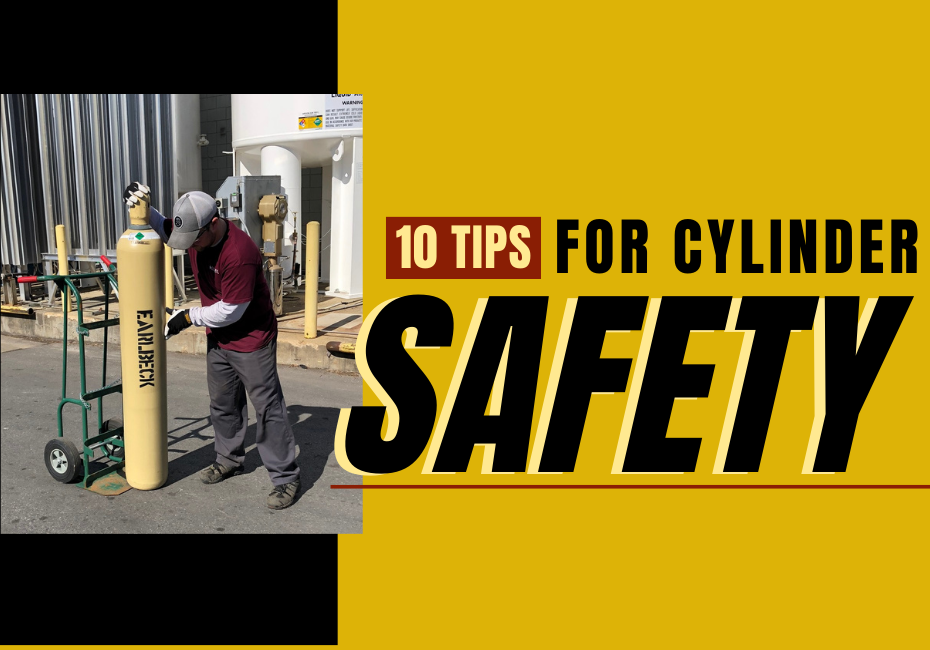


Compressed gas cylinders are used to store gases at high pressures. They can be dangerous if not handled properly, as they can explode or leak if damaged.
Underlining gasworld’s commitment to safety and best practices, and as part of a new series of features keeping you up-to-date with standards and safety, this article highlights 10 key tips for compressed gas cylinder safety, drawing upon standards set forth by the Compressed Gas Association (CGA).
In bullet form, these tips give the basics of how to keep safe when handling cylinders, no matter what their contents may be. These practices should be put into action in any working environment to ensure the highest level of safety for those handling the product.
Below are 10 tips for handling compressed gas cylinders:
A brief retrospective
Since its founding, the CGA has been dedicated to promoting the safe handling and shipping of compressed gas cylinders. Millions of compressed gas cylinders and tubes are in use every day. These pressure receptacles are typically of high- or low-pressure steel, aluminium, or carbon fiber construction and conform to DOT or Transport Canada (TC) specifications.
Each time a compressed gas cylinder or tube is prepared to be filled, DOT and TC require that the cylinder or tube be inspected to ensure it can be safely filled, shipped, and used at a customer site. In addition, DOT and TC specify when and how these pressure receptacles will require periodic requalification.
CGA is recognised by both DOT and TC as a reliable technical voice for its members. The association has successfully petitioned agencies such as DOT, requesting that certain CGA publications be incorporated by reference (IBR) into federal regulations. There are several CGA publications that are incorporated by reference in DOT’s hazardous materials regulations.
The IBR process benefits the public of the collective expertise of CGA’s membership. Arguably, this represents the essence of self-regulation, when government agencies recognise the value of publications produced by industry associations and leverage these resources to enhance public safety.
CGA referenced publications assist in complying with these safety mandates. CGA ‘IBR’d’ publications include: